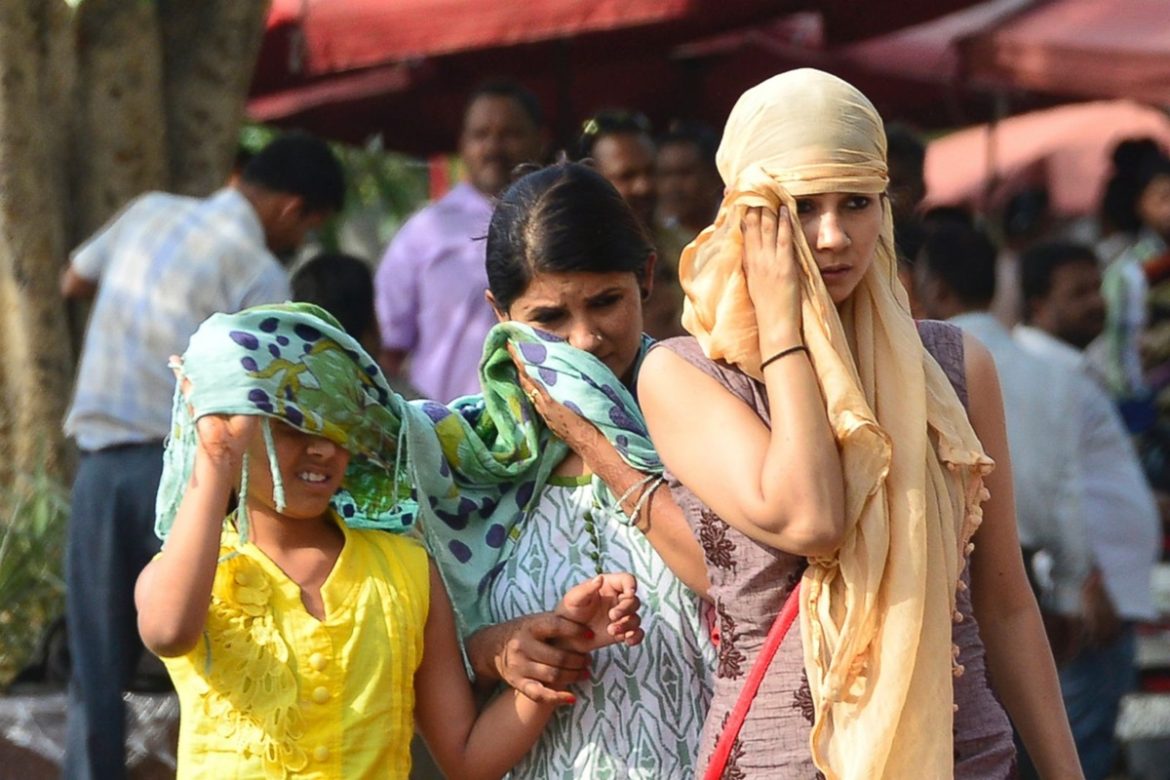As a severe heatwave continues, the Centre has asked states and union territories to assess their healthcare readiness and has created a list of dos and don’ts for avoiding heat-related illnesses.
Rajesh Bhushan, the Union Health Secretary, has also called for a continuous power supply for cooling appliances in a letter. In the middle of a nationwide power outage, it has been advised that solar cells be used ‘wherever practicable.’
According to the letter, the weather department has predicted above-average temperatures for central, western, and northern India, where the mercury has already reached 46° Celsius in numerous locations, a 6° Celsius deviation from normal.
The Centre has produced a list of suggestions to prevent and manage heat-related illnesses, while urging healthcare facilities to have important drugs and consumables such as IV fluid, ORS, ice packs, and cool drinking water on hand.
While the instructions advise people to stay indoors during the hottest portions of the day, they also recommend that people cover their heads with umbrellas or caps when they go outside.
‘Reschedule or plan outside activities for the cooler portions of the day,’ the guidelines advise, adding that individuals should stay hydrated and consume water on a regular basis, even if they are not thirsty.
However, the rules suggest against drinking alcohol, hot beverages, or carbonated beverages.
People have been asked to contact the 108/ 102 helplines should they experience any heat-related symptoms such as high body temperature, unconsciousness or a state of confusion, or lack of sweat.
A core body temperature above 40° C or 104° F, muscle weakness and cramps, nausea and vomiting, besides a rapid heart beat and shallow breathing have been identified as a medical emergency.
In children, refusal to eat, excessive irritability, decreased urine output, lethargy or absence of tears are danger signs, the guidelines say.
The guidelines also has a section for employers, who have been asked to provide cool drinking water at workplaces and ensure people consume it every 20 minutes.
Besides allowing for more breaks, employers have also been asked to provide shaded areas for work and schedule outdoor work for cooler parts of the day.



